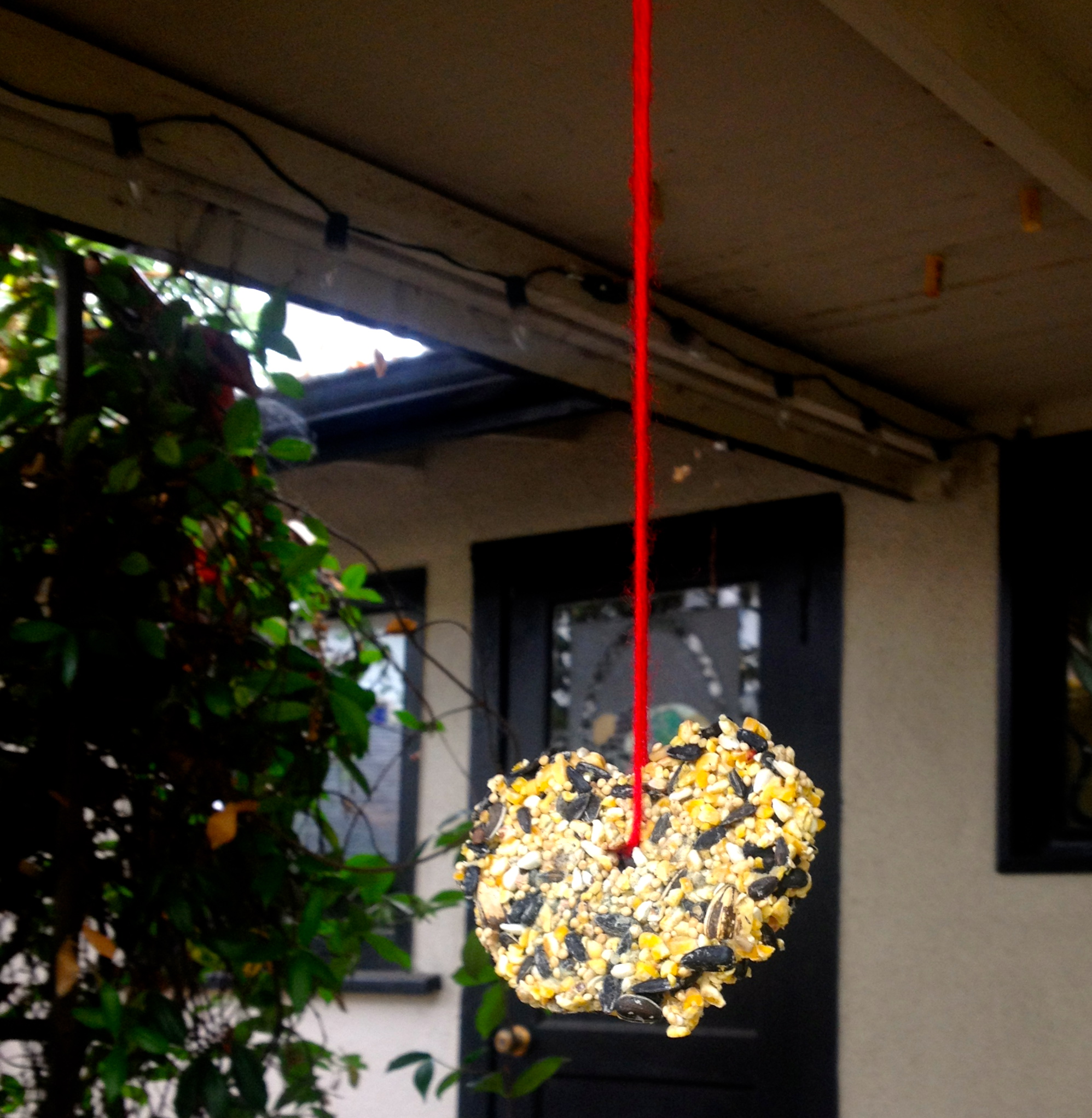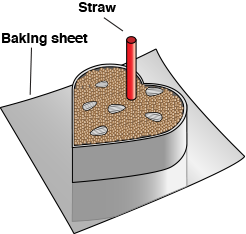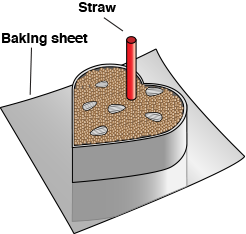Tired travelers
NASA radar teaches us about bird migration.
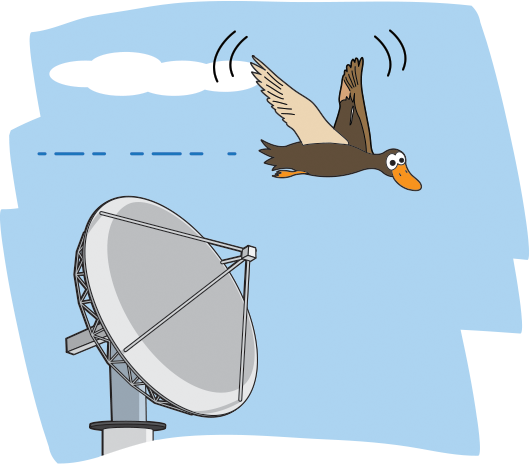
You may think of sunset as marking the end of the day—a time to kick back and relax. But for many birds, sunset marks the beginning of a hard night’s work. Large numbers of birds all across North America take to the skies as the Sun sets in Fall. For these weary travelers, it is time for another long flight.
Many birds have a summer home and a winter home. These birds use one home for breeding and one home for keeping warm and for finding food during the winter. This behavior is called migration. Learn more about migration.
It takes a lot of energy to fly from one home to another. Birds sometimes travel over 7,000 miles in just one direction! To have a safe trip, these birds need places to rest along the way. But many rest areas are being destroyed by human activities. That could mean that fewer birds survive their long journey.
Scientists are interested in learning where these birds are resting. If they know where they are resting, they can help protect those areas. This would make the birds’ trip a whole lot easier.
Birds and radar
NASA can help scientists learn where these birds are resting. That’s because NASA uses radar for missions that study rainfall.
But these radars record more than just weather; they also record anything in the sky. That means birds too! The birds appear just like blobs of water traveling through the sky.
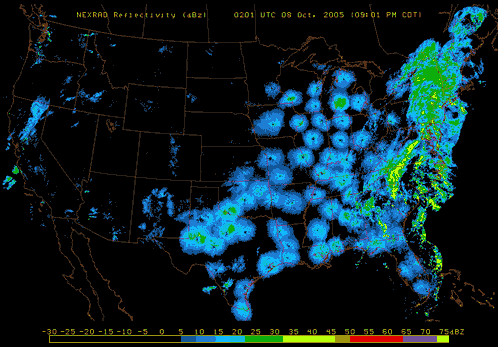
Weather radar data from October 2005. The large circles that travel from east to west are birds taking off as the Sun sets in each area. They appear as circles because the radar can only view birds a certain distance away from the radar station. Credit: Jeff Buler.
Scientists have to use clues to figure out that they are looking at birds and not at weather. One big clue is the blobs all appear right at sunset. Sunset is when most migrating birds take flight.
That’s how scientists find their resting spots—they look for radar blobs that appear at sunset.
The areas where these blobs form are the areas where the birds have been resting during the day. Large groups of birds take to the sky all at once in these areas. That means they easily show up on radar.
Scientists can get a clear picture of different birds’ regular rest stops by looking at lots of radar data. This information can be used to protect different areas that are important for a bird’s migration.
Scientists will soon be combining new NASA radar data with data from other radars. These other radars belong to groups like the National Weather Service. All of these radars will give them a complete picture of bird migration across the United States.
NASA has recently built new radars as part of their weather studies. These radars are located in areas where lots of birds travel. They are also located in places not as well covered by other radars. That means they will be very helpful to bird researchers.
Thanks to NASA and these dedicated scientists, some hard working birds may finally catch a break!



